It is to Peter Quennell in his memoir The Wanton Chase that D.J. Taylor owes his concept of wartime London’s ‘Lost Girls’: ‘adventurous young women who flitted around London, alighting briefly here and there, and making the best of any random perch on which they happened to descend’. They were courageous, living ‘without any thought for past or future’ in that bomb-blasted city, but what most touched Quennell’s heart was ‘their air of waywardness and loneliness’. He should know: he was married to one Lost Girl (Glur) while madly, frustratedly in love with another (the high-octane Barbara Skelton) who he introduced to Cyril Connolly alongside a third, Lys Lubbock, with ultimately cataclysmic results. For it was around Connolly, man-about-town and editorial supremo of the literary phenomenon that was Horizon, that the coterie of Lost Girls orbited for a decade and more, drawn like moths to his guttering flame.
Love him or loathe him, Connolly had charisma. How else to explain the baffling depths of devotion, loyalty and long-sufferingness of the circle of beautiful, brainy and emotionally volatile girls he surrounded himself with? In order to simplify things, D.J. Taylor zones in on a hard core of four of these well-bred, rackety women, supplying off-stage glimpses of the second 11 — Glur, Anna Kavan, Joan Eyres-Monsall (but why not Diana Witherby?) — to round out the picture.
Two will be familiar from other accounts: Sonia Brownell, later Orwell, who as editorial secretary from 1945 took over the reins at Horizon, to the chagrin of many who found her intellectually pretentious and bossy, keeping the magazine afloat while Connolly took an increasingly indolent back seat; and the rapacious Barbara Skelton, whose picaresque romantic life mixed histrionic emotion and low farce in equal measure and whose own two memoirs ‘for sustained, score-settling bitchiness… are in a class of their own’, Taylor tells us.
The other two Lost Girls to come under his lens appear frequently in memoirs of the period: ravishing but steely Janetta Woolley, whose chief claim to fame was as a siren to men, five of whom she married, plus the quasi-parental devotion of Frances Partridge; and pretty, prattling Lys Lubbock, Connolly’s faithful girlfriend throughout the 1940s, who lived to rue the years she devoted to him.
To qualify, a Lost Girl must come from a broken (but respectable) home, rely for survival on bravado and exceptional good looks, and above all not be boring. She might live in a chilly bedsit, but she often lunched at the Ritz (when others were paying) and spent her evenings at a variety of smart West End watering holes, the Café Royal and David Tennant’s Gargoyle Club favourites among them. She had style, tended to the bohemian, due to lack of cash, and was not averse to a spot of modelling when funds were low (often for Norman Hartnell). She had a droll, laconic way of expressing herself, peppered with Edwardian slang, but would call a spade a spade where sex was involved. Promiscuity was often part of the package, but was not compulsory.
There is, in fact, a breathtaking amount of sex in this book, and much of it comical. Well ahead in the race is the pantherine Barbara, whose appetite for men was insatiable and who notched up innumerable lovers, from the millionaire who seduced her at 17 and set her up as a poule de luxe in Marylebone, via King Farouk of Egypt who liked to flagellate her with his dressing-gown cord, to a doomed marriage to Connolly before further flings with various ‘enticing hooligans’. Affairs and marriages alike (three of the latter) were accompanied by incessant Sturm und Drang, wailing, gnashing of teeth, and the destruction of a great deal of crockery, and Quennell and Connolly were among the legions of men she drove demented.
Were the Lost Girls simply femmes fatales by another name? Some were more fatale than others, using their undoubted sexual allure to get even with, or ahead of, men who had previously called all the shots. Others — Sonia and Lys — were more victim than victor, as Taylor makes clear in his entertaining, ever shrewd account. Precariously at large in wartime London, their aim to be independent working girls points to a nascent feminism of sorts, and was abetted by the unpredictability of life in the Blitz. If they flew too close to the flame and their modest ambitions were ultimately derailed by the hyper-inflated ego of ‘the cultural panjandrum of Bedford Square’ and his Horizon circle, it was a sad loss, and not only to them. In the end, men still called most of the shots, the Lost Girls were bad choosers of men — and the rest is history.
Got something to add? Join the discussion and comment below.
Get 10 issues for just $10
Subscribe to The Spectator Australia today for the next 10 magazine issues, plus full online access, for just $10.
You might disagree with half of it, but you’ll enjoy reading all of it. Try your first month for free, then just $2 a week for the remainder of your first year.

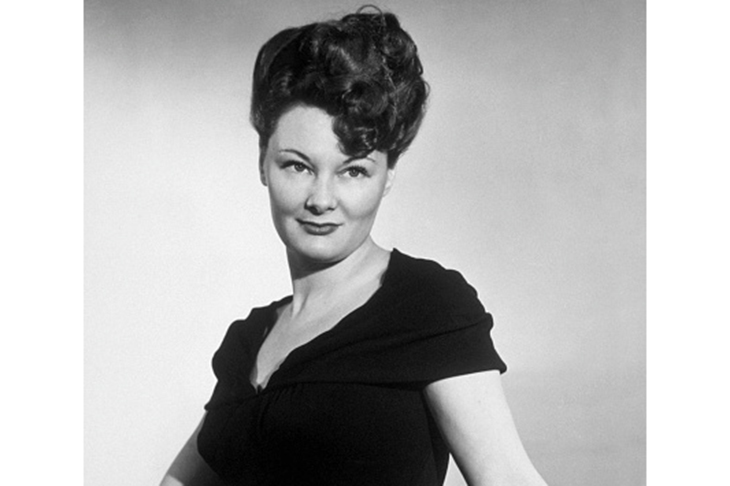
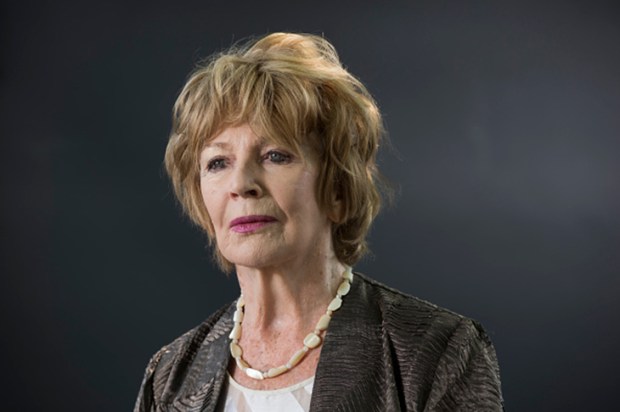
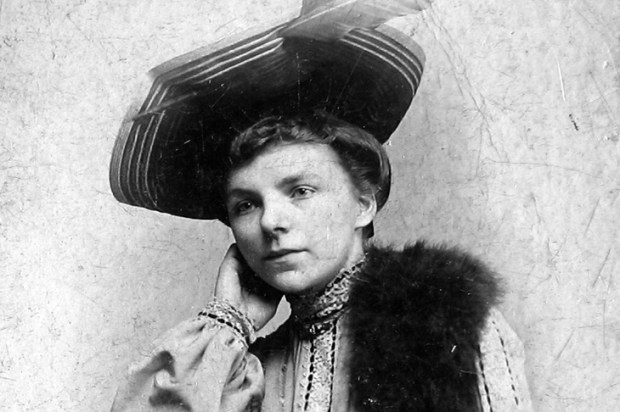
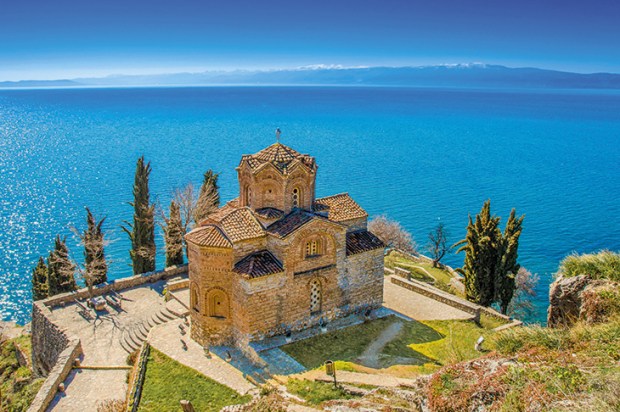
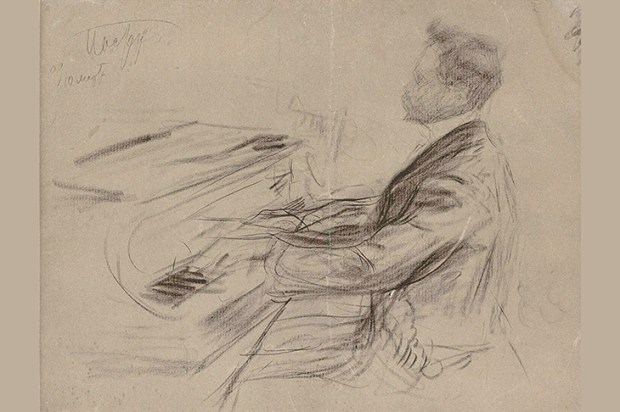
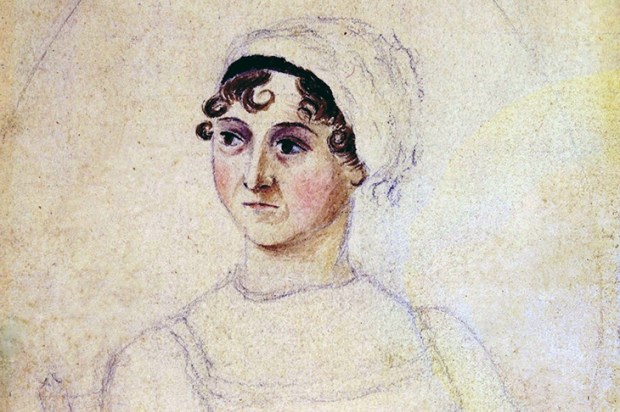
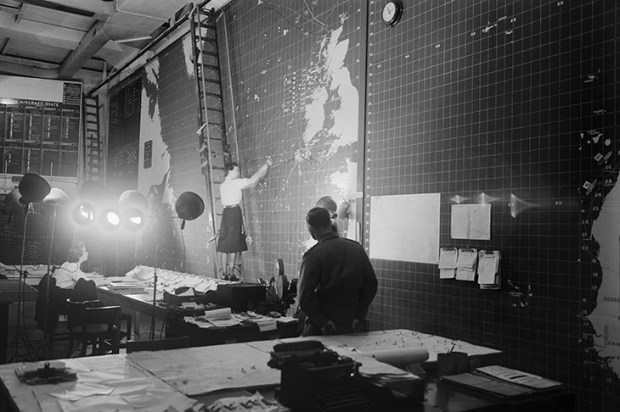






Comments
Don't miss out
Join the conversation with other Spectator Australia readers. Subscribe to leave a comment.
SUBSCRIBEAlready a subscriber? Log in